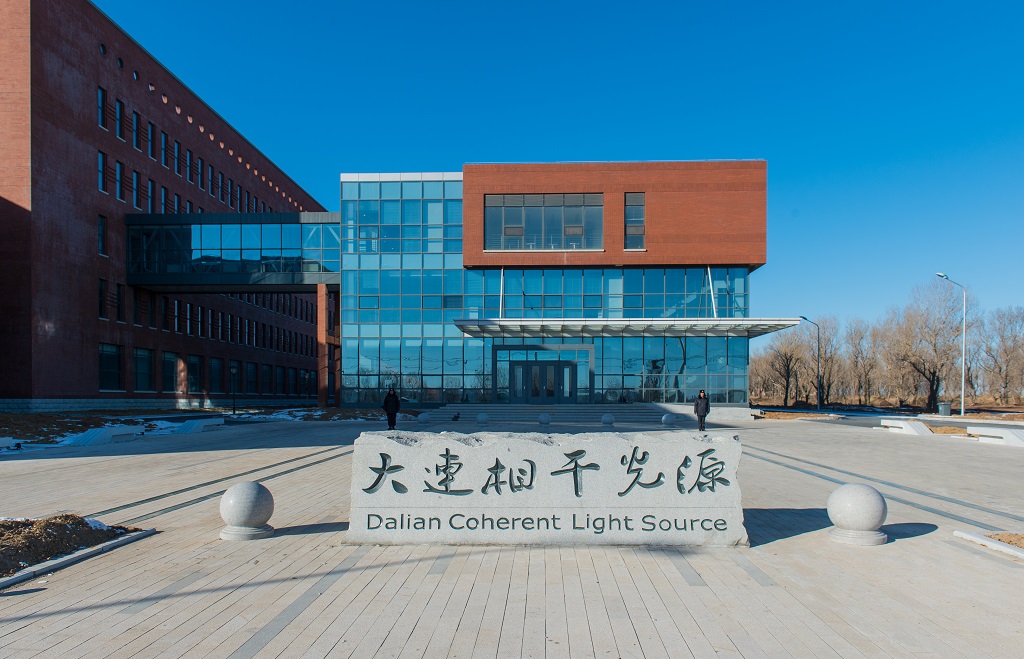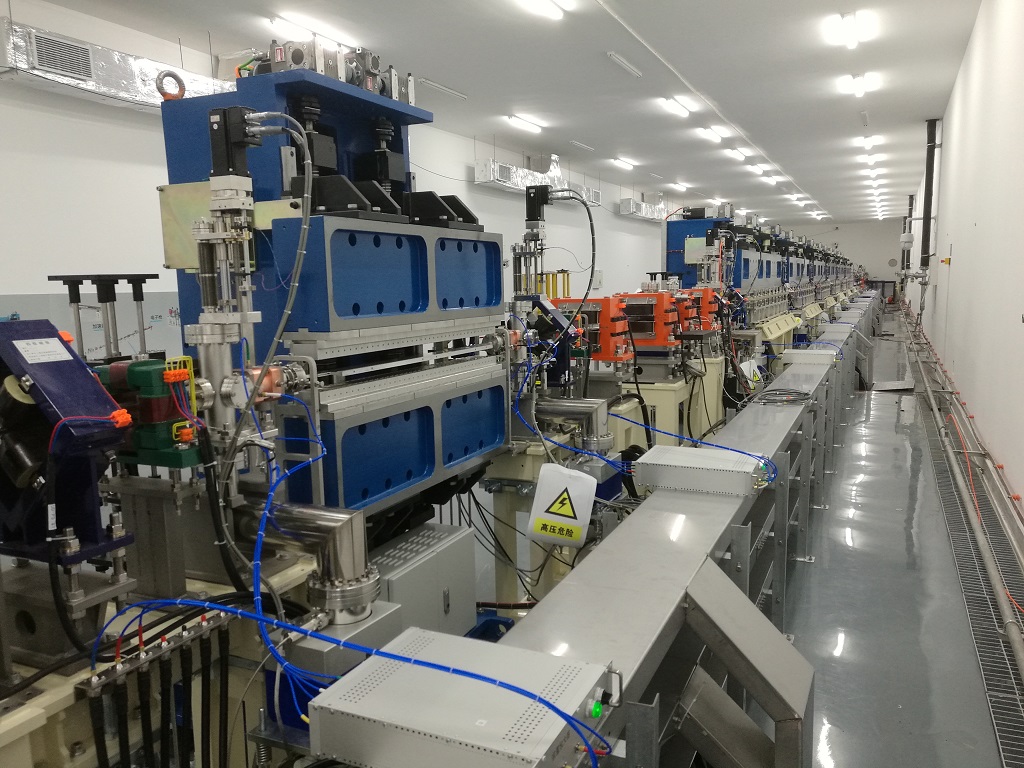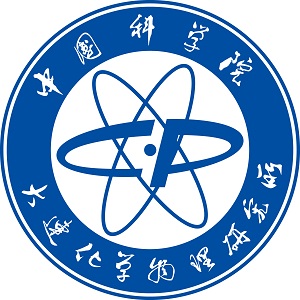- Facilities at a Glance
- All Facilities
- Material
- Earth System and Environment
- Engineering Technology
- Space and Astronomy
- Particle and Nuclear Physics
- Energy
- Biology
Dalian Coherent Light Source
Create Proposal
“Comprehensive experimental research equipment base on tunable EUV coherent light source (Dalian Coherent Light Source, DCLS)” is supported by National Natural Science Foundation of China and developed jointly by Dalian Institute of Chemical Physics and Shanghai Institute of Applied Physics, CAS. the project is in the charge of Academician Xueming Yang.
DCLS is the first Free Electron Laser (FEL) user facility in China, and also the only FEL facility operating exclusively in the EUV wavelength region all over the world. Free electron laser, which is called the Fourth-generation Advanced Light Source, has become more and more important in the scientific research. It is a kind of large-scale scientific facility that hold great promise for the generation of coherent short-wavelength radiation with ultra-high brightness and ultra-short pulse duration, could dramatically improve the temporal and spatial resolution of the scientific research. With the outstanding properties, scientists could probe the microscopic world at the atomic and molecular level and on a femtosecond time scale, such as the electronic dynamic motion, molecular structure and evolution, and material phase transition. The extreme ultraviolet (EUV) wavelength region is an ideal light source for excitation of valence electrons and ionization of molecular systems with high efficiency. Such EUV light source will be a great tool for studies of important dynamic progresses in the areas of energy, chemistry, physics, material, etc.
During the past several years, the joint project team has completed a lot of important technique breakthroughs and successfully built the light source facility. It had emitted the first EUV light beam based on the sincerely cooperation between the two research teams. The gain curve and spectrum of self-amplified spontaneous emission (SASE) and high gain harmonic generation (HGHG) FEL were both measured, and tapering undulator helps increase the power by almost 100% when the FEL output saturated. It is able to deliver optical beam from 50-150nm in picoseconds or 100 femtoseconds for such research. Single pulse could contain more than 1014 photons.
In the future, DCLS could be expected to be the edge tool to promote the development of science and technology in China. In addition, 90% of the instruments and equipments in the light source are independently developed, which represents that China has reached the international advanced level in this field, and has the ability to lead the global FEL’s development.
Equipment
-
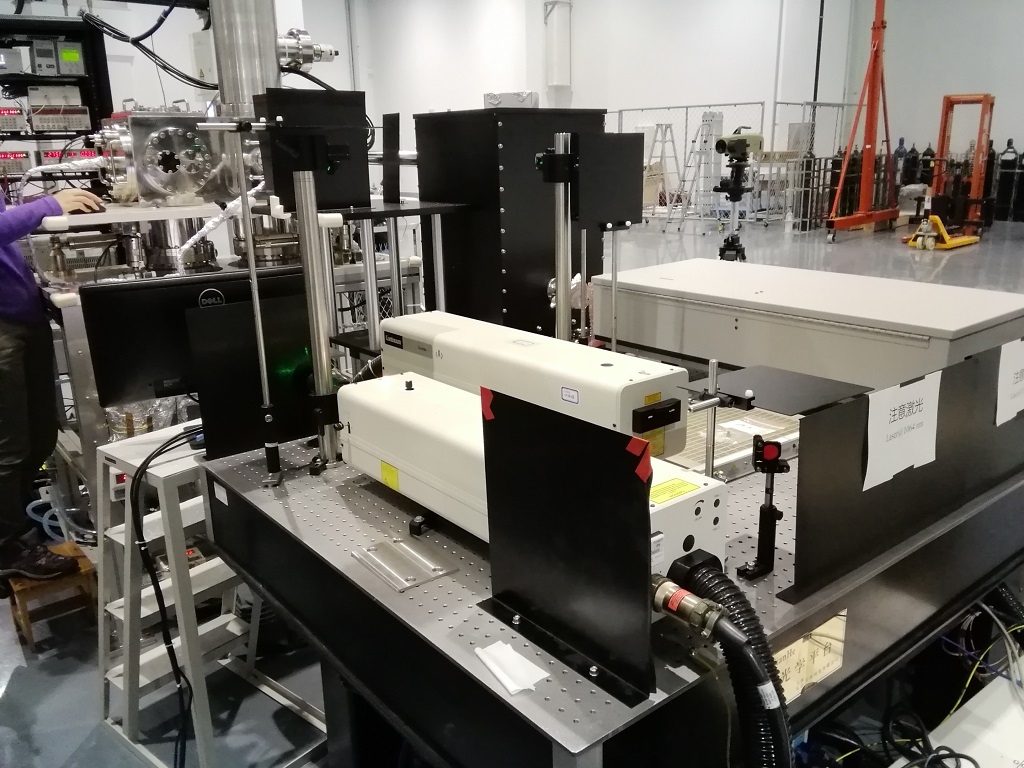
IR Spectroscopy of Neutral Clusters station
Base Vacuum: <10-5 Pa (when pulsed molecular beam is off);
Mass range: 1-10000 amu;
Resolution of IR spectra: better than 5 cm-1 -

Mass spectroscopy of aerosols and nucleation mechanism station
Base Vacuum: <10-5 Pa (when aerosol beam is off);
Particle size range: 1-1000 nm;
Resolution of mass spectra (△m/m): better than 5000 -
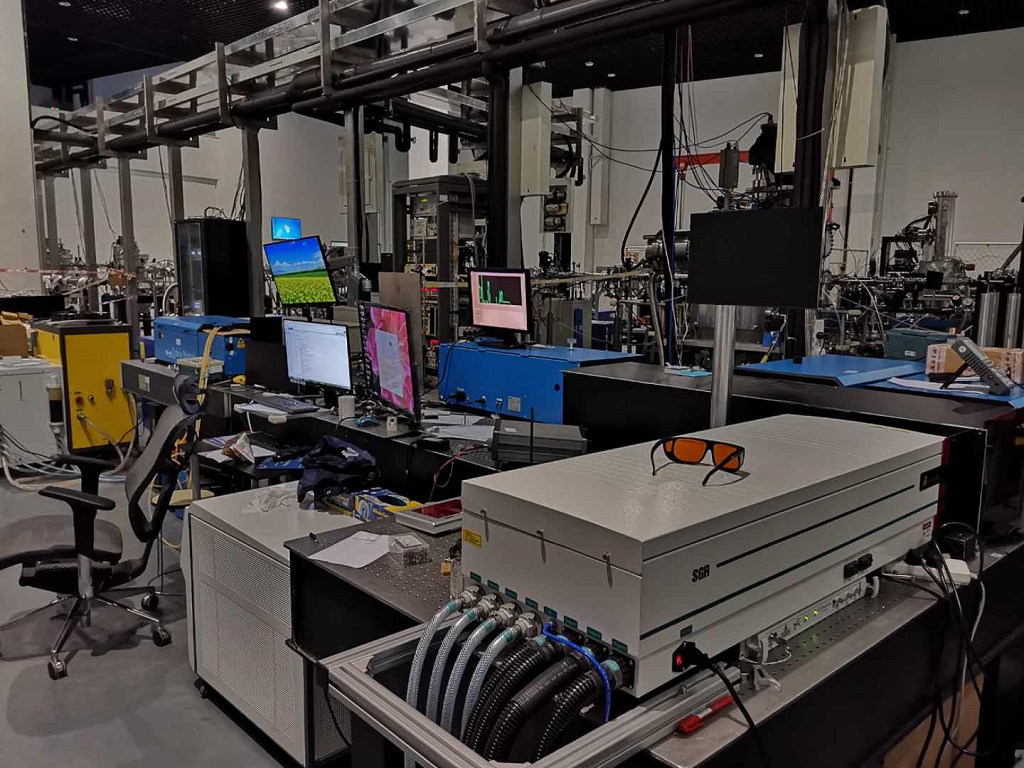
comprehensive experimental station for molecular photochemistry
pressure:10-8 Torr
molecular beam:supersonic jet molecular beam,rotational temperature of molecules ~20K
light Sources:VUV FEL(50-150 nm,>100micro-j), VUV FWM (from table Laser, 120-190 nm, >1micro-j), UV/Vis/IR(from table Laser, 200-900nm)
detection methods: H taom Rydberg tagging TOF spectroscopy, Time sliced velocity mapping imaging, mass sepctroscopy
-
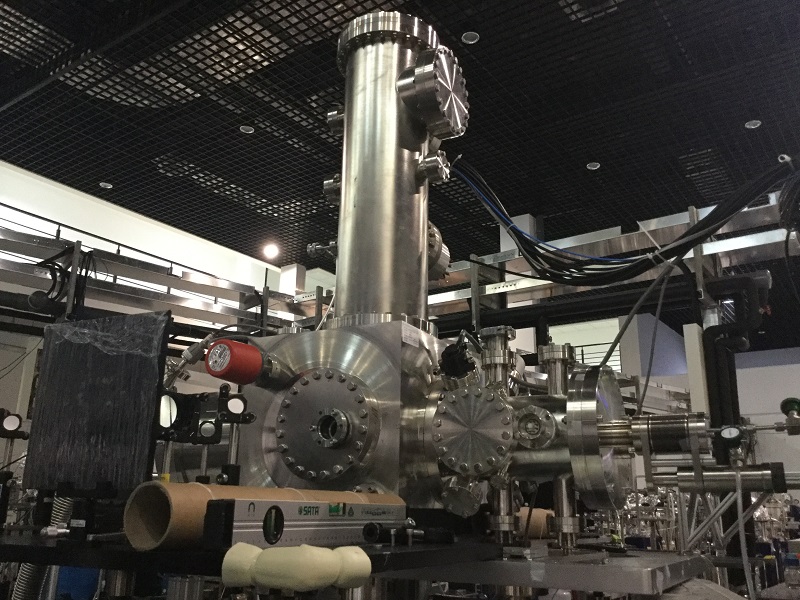
Free radical detection station
Source Chamber Vaccum: ~10-5 Torr
Detection Chamber Vaccum: 10-6-10-7 Torr
Narrow linewidth infrared OPO laser: 1.35-5 um, 10mj/pulse
Mass Resolution of TOF mass spectrometry: m/Δm~4000 -
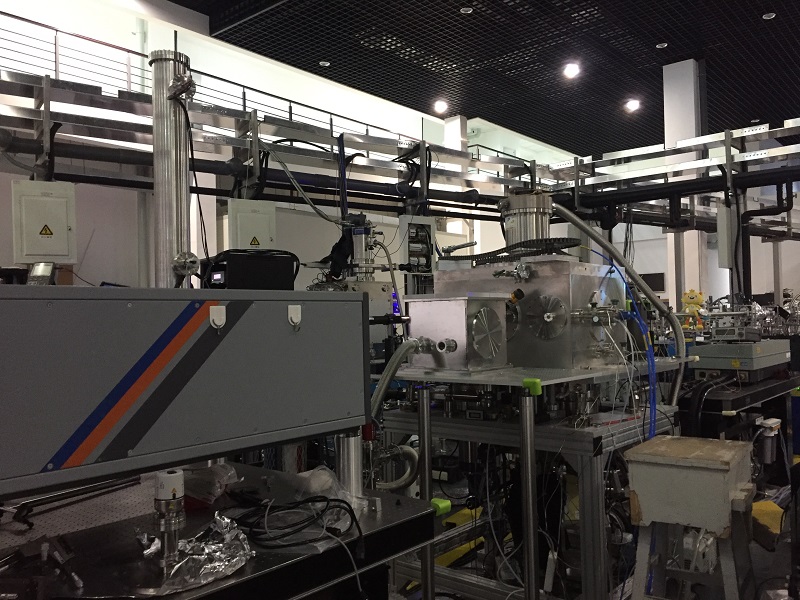
Crossed molecular beam time-sliced velocity map imaging station
Typical vacuum in the interaction chamber: <1x10e-7 torr;
Velocity resolution: 1%;
Crossing angle: 60-150 degree;
Molecular beam: atoms, radicals, molecules with different ways, such as photodissociation,discharge, etc. -
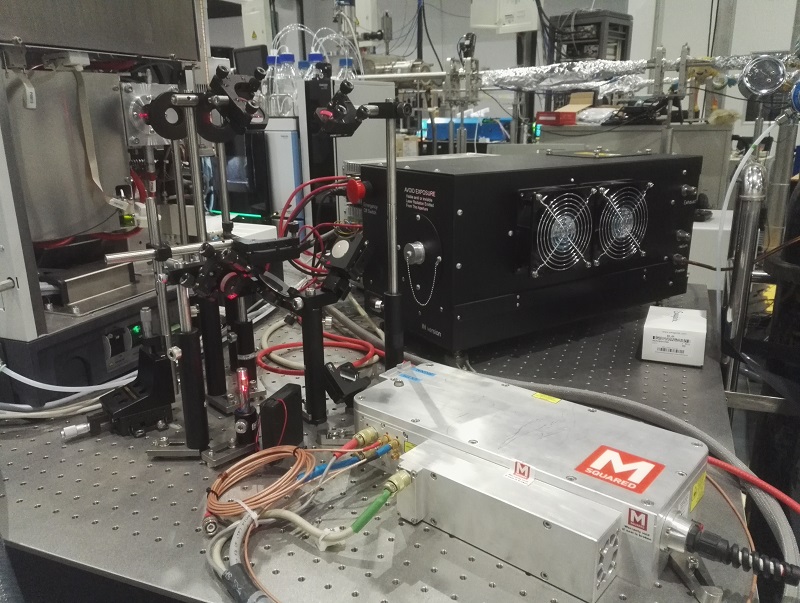
Vacuum ultraviolet photodissociation-high resolution mass spectrometry station
MS resolution: up to 1,000,000 (m/z 200)
m/z range: 50 to 6000
dissociation methods: CID, ETD, HCD and VUVPD -
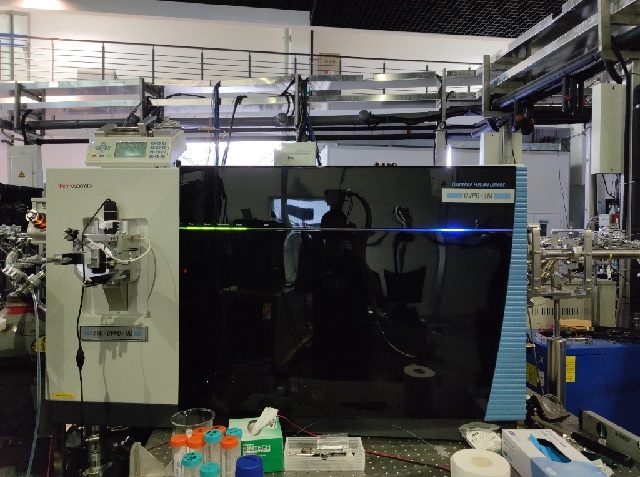
Experimental station of biological mass spectrometry
Experimental station of biological mass spectrometry introduces the extreme ultraviolet laser beam generated by Dalian coherent light source into the high-resolution mass spectrometry, which could offer a high efficiency in photodissociation of biological molecular such as peptides, proteins, carbohydrates, and lipids. Through the activation of biological molecular with high energy photons, ultraviolet photodissociation (UVPD) could directly dissociate the backbone of biological molecular and generate abundant fragment ions, which are different from the conventional fragmentation methods such as HCD and ETD. The activation and dissociation of the biological molecular is fast typically in the timescale of ns or ps, and the fragment ions generated by UVPD could give out the structural information of the native protein ions.
NOTICE
-
Call for Proposals for HEPS Phase II Beamlines May 23,2022


